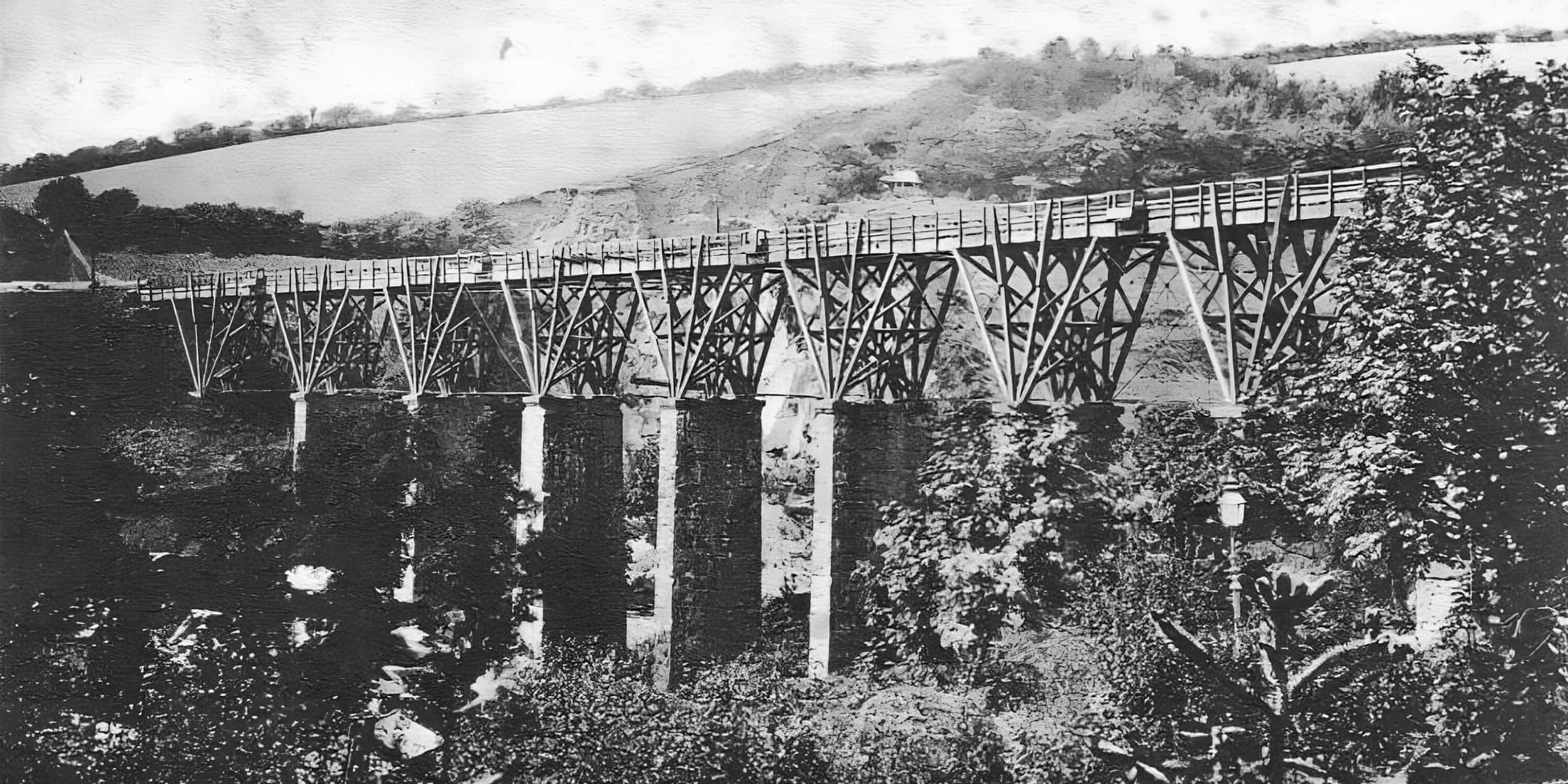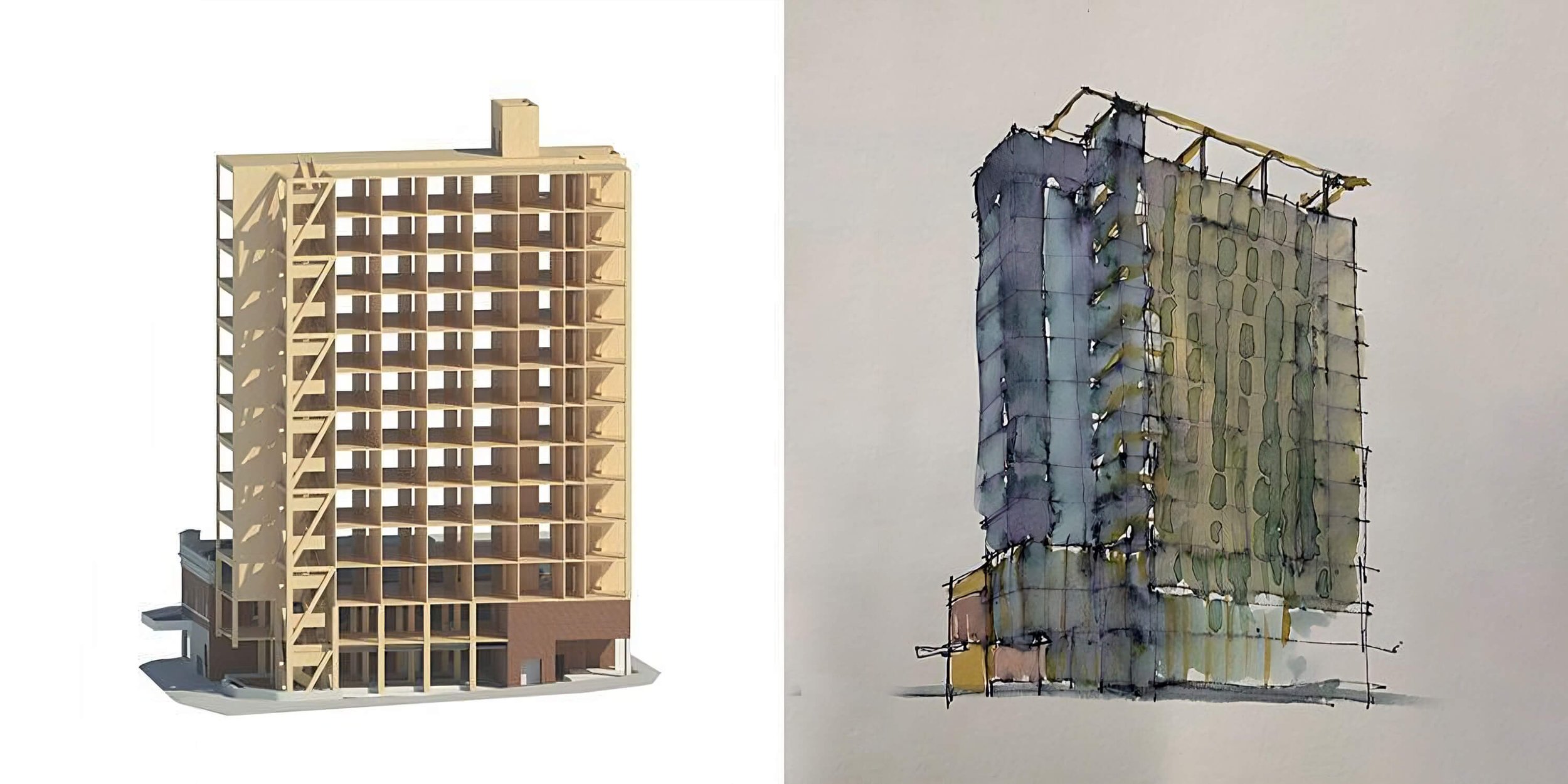TRCB Expertise: Rediscovery in Architecture
Everything old is new again: TRCB Director Fred Chaney’s thoughts on rediscovery in architecture
19 January 2022
The slow but accelerating tilt towards a more sustainable economy is sometimes a case of rediscovery. Great building works of the nineteenth century remind us that engineering solutions of the Victorian era often relied on more passive environmental design strategies as well as naturally generated, low-embodied-energy materials such as timber. More than a decade ago, the British architectural historian Andrew Saint celebrated the rivalry and partnership between architects and engineers over two centuries in his wonderful book Architect and Engineer: A Study in Sibling Rivalry.
One of the grand figures of Saint’s treatise is the extraordinary Isambard Kingdom Brunel, son of a leading Victorian engineer, and a national hero still considered by many to be the greatest Briton of all time. Among his many achievements was the creation of a cross-country rail network that linked the far western counties of England, including Cornwall, with London.
Crossing dramatic landscapes, including hills, valleys and waterways, Brunel and his design team were confronted by confounding physical obstacles. The engineering solutions to these challenges remain breathtaking in their ingenuity and audacity. They included the use of beautiful bridge structures incorporating masonry pylons and elegant, lightweight timber superstructures. Brunel used ‘sprung’ outstretched fans of timber to support massive timber trusses spanning across tall stone piers. They were lightweight and relatively quick to construct, enabling new rail lines to be developed across difficult terrain and foundations.
In today’s era of brilliant new (and perhaps not-so-new) timber structural technologies and architecture, Brunel’s remarkable hybrid bridge structures of stone and timber are still astounding. Australia, too, has an extraordinary heritage of innovative timber structures, once born of necessity, and now back in focus as one way of reducing the extreme carbon costs associated with building and property development.
Drawing on this brilliant structural heritage and rediscovered construction technique, TRCB worked with Hera engineers to develop an alternative timber structure for a concept proposal in Perth. The site included constrained site conditions and foundation capacity, but these limitations were liberated by the lightweight attributes of the primary timber structure. Though never constructed, the thirteen-level proposal suggested a new way of thinking about multi-level buildings in the decades to come.
As architects and engineers seek increasingly sustainable approaches to design and construction, we look for judicious use of both novel and time-honoured methods. As the case of Isambard Kingdom Brunel reveals, sometimes it’s both: everything old is new again.
This article was written by TRCB Director Fred Chaney.
A few more TRCB insights:








